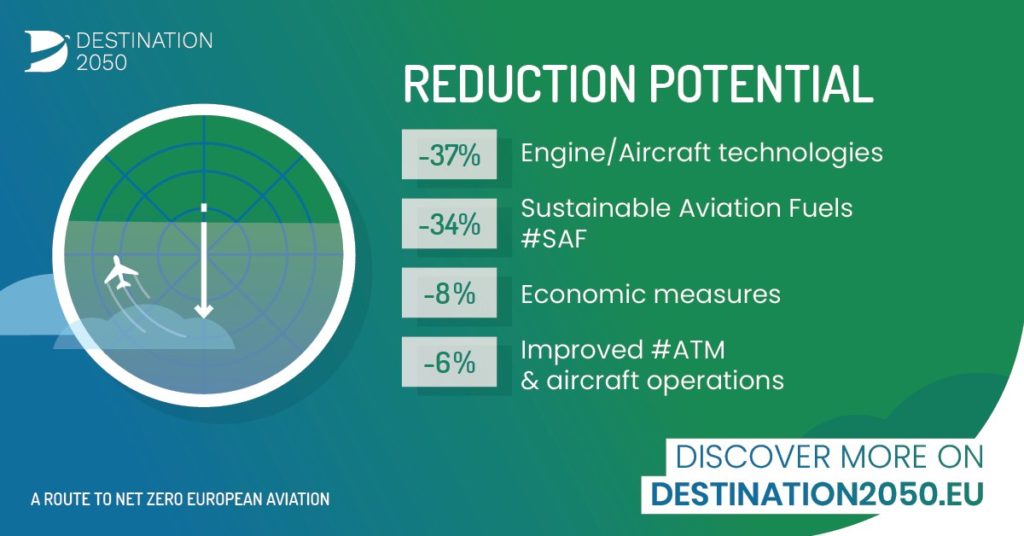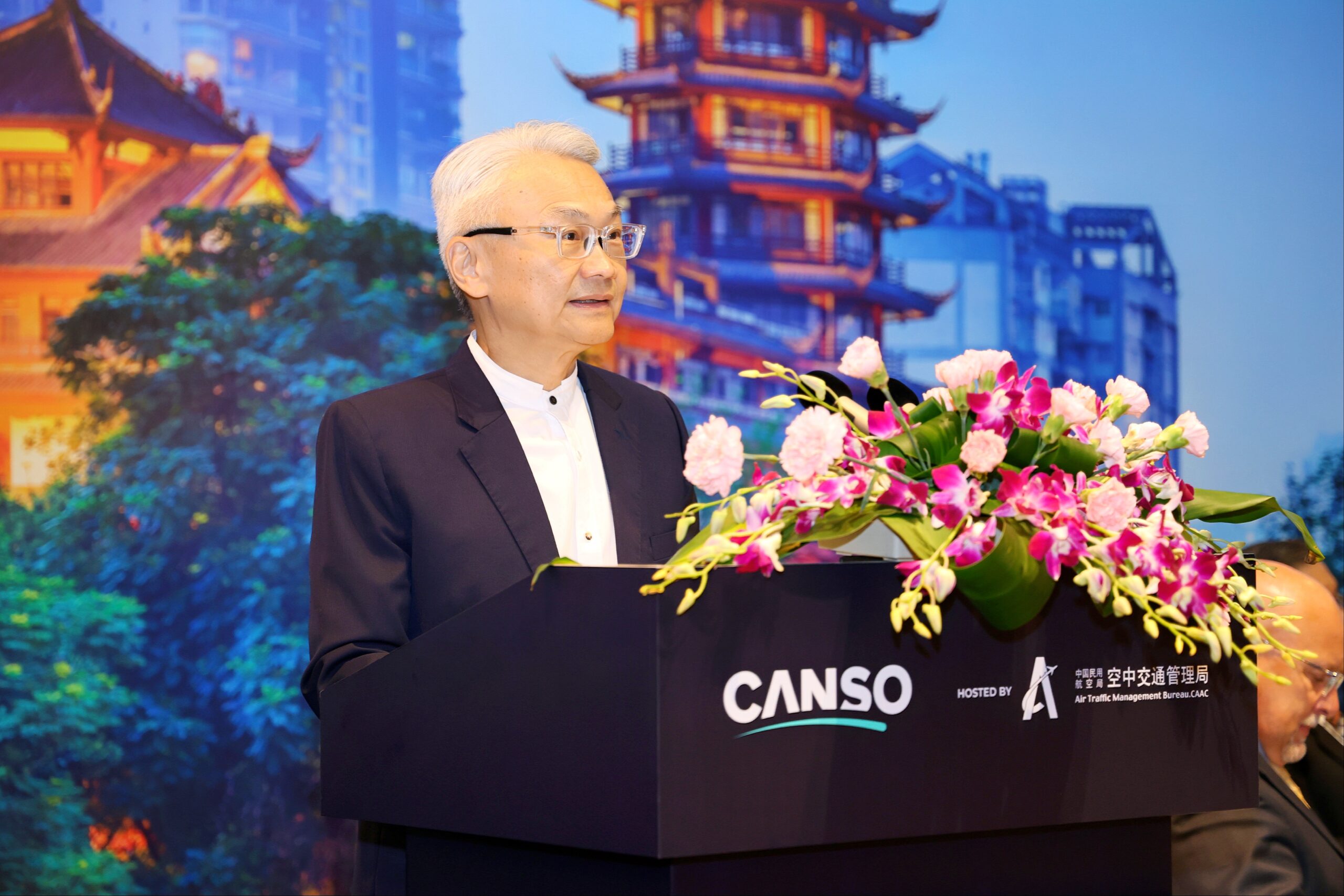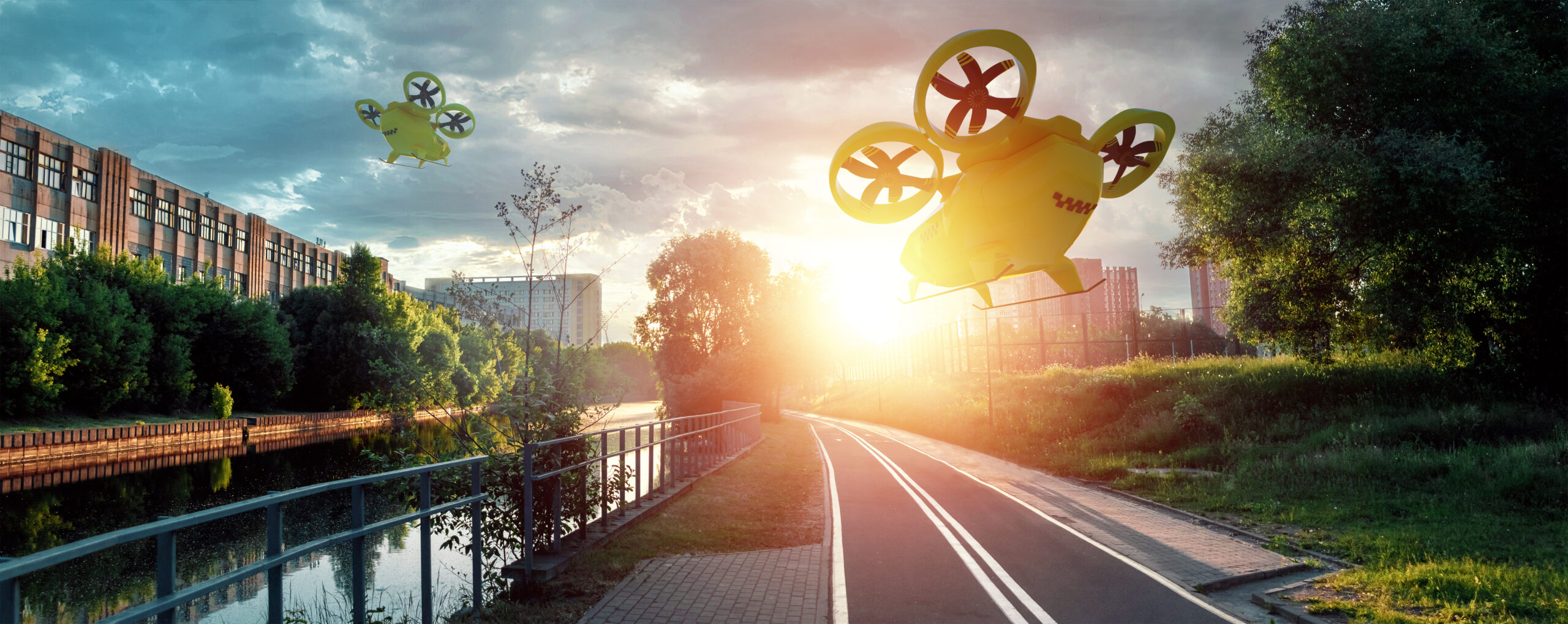Destination 2050: How ATM can contribute to net zero CO2 emissions
Johnny Pring, Europe Policy and Advocacy Manager at CANSO, explores how CANSO is partnering with industry associations to help achieve the EU’s goal of net zero carbon emissions by 2050.

Climate change is one of the biggest long-term challenges facing Europe. The new European Commission declared it a top priority in 2019, and set a target for the EU to reach carbon neutrality by 2050. With this, the environmental impact of aviation assumed a high profile. And despite the fall in traffic caused by the current crisis, there is no escaping the fact that aviation has to find a way to decarbonise. This is not only a political requirement, but also an existential question for the whole industry.
Boosting the sustainability of aviation is a core focus for CANSO as it continues to work with the aviation industry to improve efficiency and environmental performance worldwide. We each have an important role to play in delivering this ambition, and cross-industry regional partnerships are essential.
Our climate ambition
With this in mind, CANSO joined with four other associations representing Europe’s airlines, airports and aircraft manufacturers to address this issue. Working with two independent aviation and economics consultancies – NLR and SEO – we identified possible decarbonisation measures in four pillars and asked them to assess their likely impact:
- Aircraft and engine technology
- Air traffic management and aircraft operations
- Sustainable aviation fuels
- Smart economic measures
This exercise also included reviewing a wide range of existing literature and securing expert input from members of the associations, who I would like to thank for their valuable contributions. In addition, we ensured calculations and assessments took into account the impact of the current crisis over the coming years.
Our path to 2050
NLR and SEO published the resulting Destination 2050 report in February 2021, setting out a pathway for aviation to reach net zero CO2 emissions, and also achieve the EU’s 2030 climate goal targets of –45% compared to a do-nothing scenario and -55% emissions compared to 1990 levels.
Within the ATM and aircraft operations pillar, which will contribute 6% of the CO2 savings by 2050 across all of European aviation, there is emphasis on completing the Single European Sky, but also reference to future practices such as wake energy retrieval. However, the greatest savings can be made in the Pillars of new aircraft technologies (37%) and sustainable aviation fuels (34%).
Alongside the report, the five associations published an Industry Commitments document on reaching the EU’s targets through the measures identified. In this, we asked for the EU and governments to provide the right policy support, and where necessary funding, in order to help us to achieve our target goals.
The impact so far
The launch of our initiative has already generated a good deal of interest, and we have used it to call for discussions with EU policymakers and national governments.
Ultimately, CANSO is proud to be working with other aviation associations on this common project, and to be taking the initiative rather than waiting for measures to be imposed.
What happens next?
This report and the commitments mark only the first step. The next challenge will be to provide more detail on how we will achieve the targets in the respective pillars – and then apply the required measures over the coming years, and indeed decades.
Only in this way can we contribute to what European Commission President, Ursula von der Leyen, has called the ‘greatest challenge and opportunity of our times’ – namely making Europe the first climate-neutral continent.



